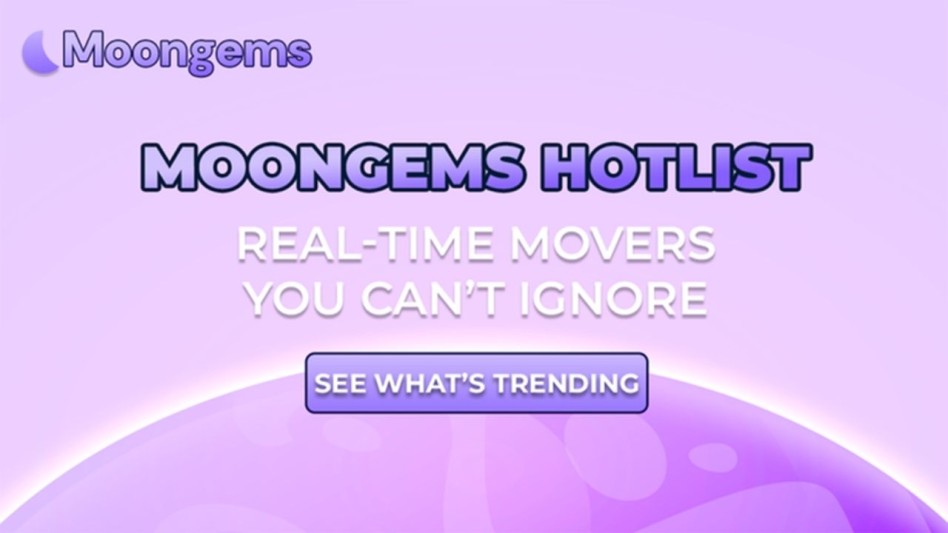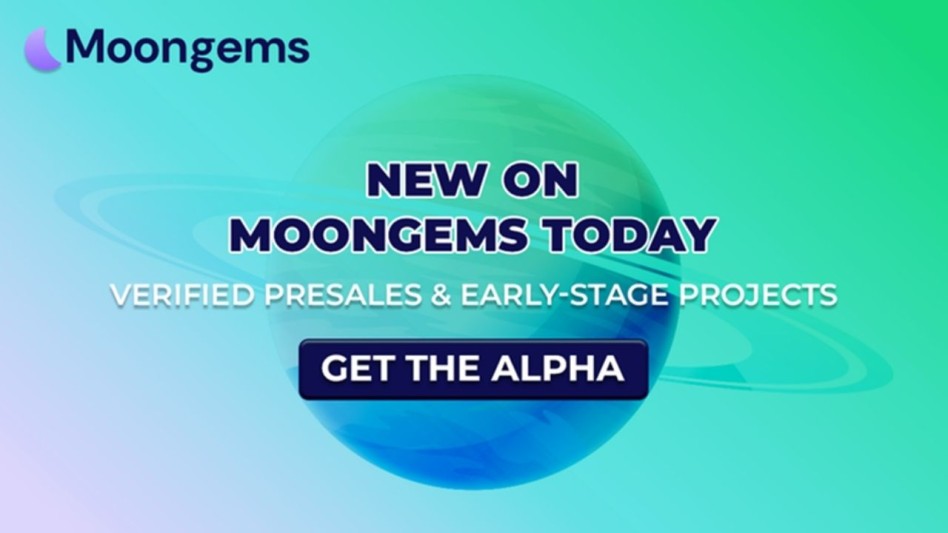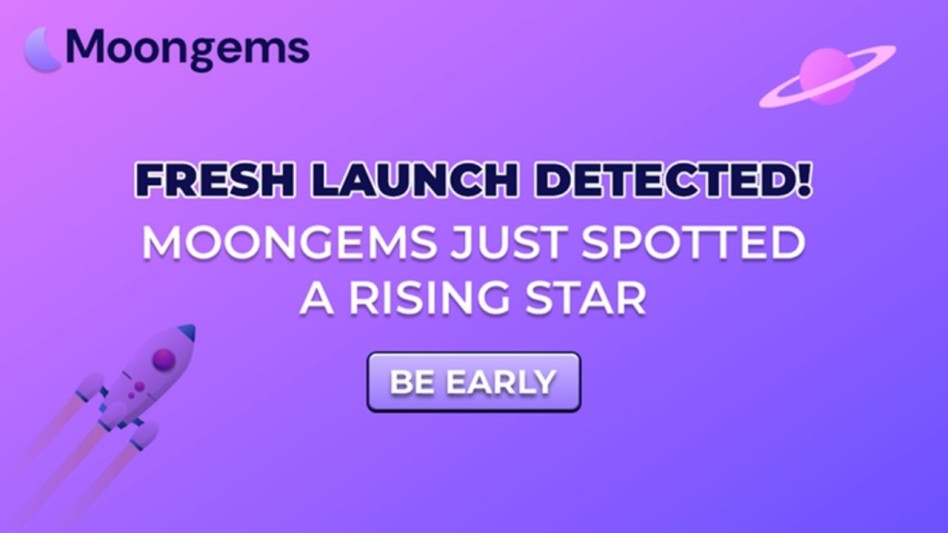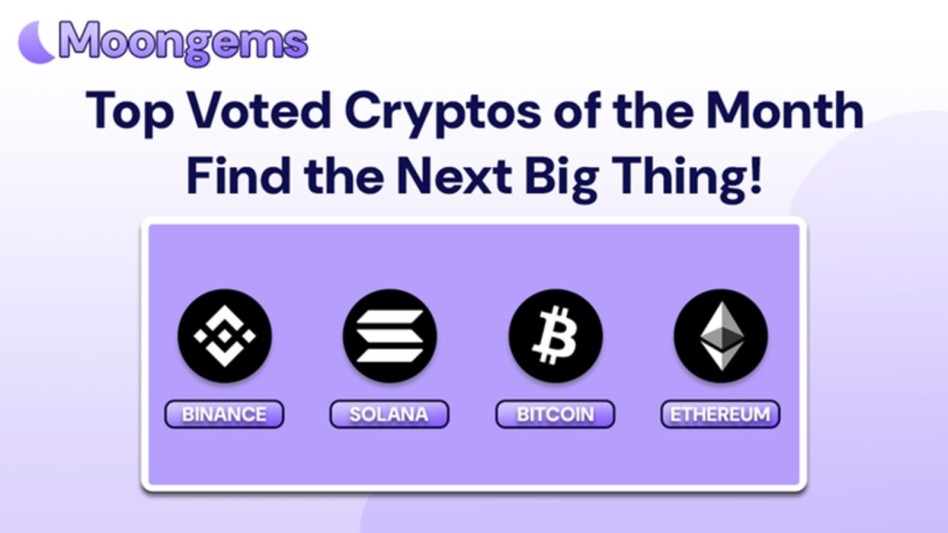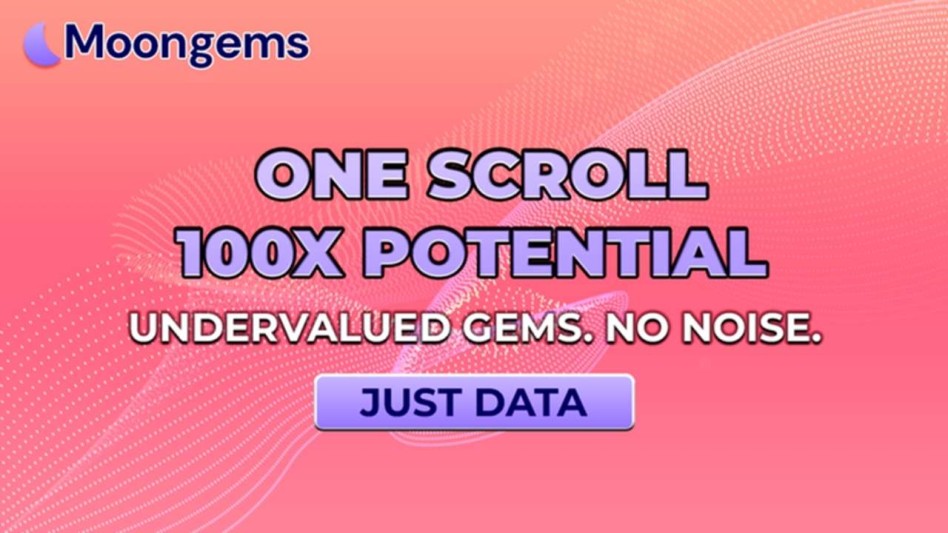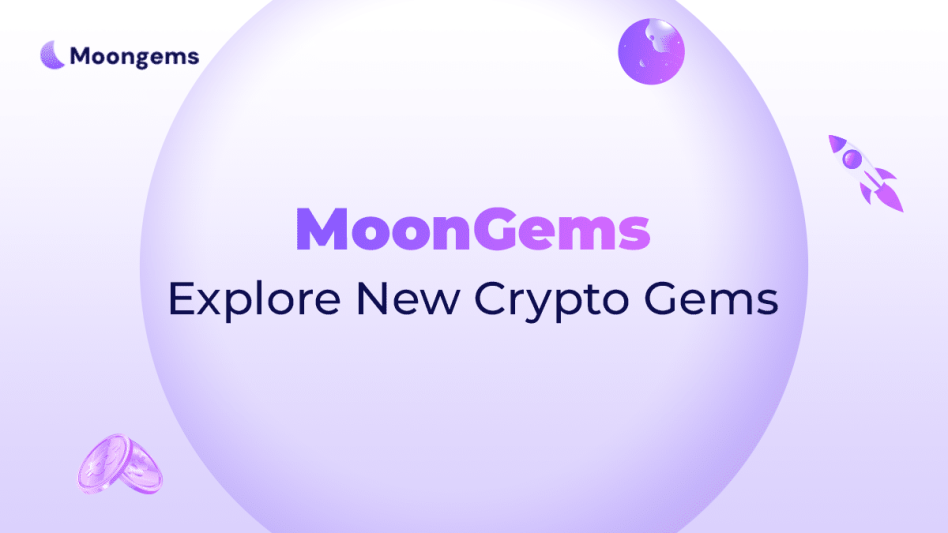Author: Jawad Hussain – Crypto Analyst & Web3 Researcher | 9+ years tracking presales, IDOs, and token launches. Follow him on X (formerly known as Twitter) and LinkedIn.
Presales can deliver life-changing gains, or wipe out portfolios if you don’t manage exits. Most investors obsess about when to buy but overlook when to sell, when to hold, and how to compound gains after a presale token launches.
In 2025, with markets moving faster than ever, having a structured exit plan is as critical as picking the right projects. Platforms like MoonGems help investors track presale performance after the Token Generation Event (TGE), monitor liquidity, and time their exits strategically.
This guide covers three essential strategies: when to sell, when to hold, and how to compound gains- all built around data-backed decisions, not emotional reactions.
1. When to Sell: Locking in Gains Without Killing Future Upside
The best time to sell isn’t always obvious. Many investors either dump immediately (missing long-term upside) or hold forever (watching profits evaporate). The key is having predefined exit triggers before investing:
- Partial exits at listing: Sell 20–40% of your allocation immediately after TGE to lock in early profits and reduce risk.
- Technical targets: Use price milestones (e.g., 2x, 5x, or 10x from presale price) for structured selling.
- Liquidity health: Check MoonGems for liquidity lock status and trading volume. If liquidity is thin or unlock events are near, scaling out early is wise.
MoonGems simplifies selling decisions with real-time tracking of token performance, featuring price charts, liquidity data, and milestone updates. Instead of reacting emotionally, you exit based on facts, preserving capital while keeping a position for long-term upside.
2. When to Hold: Riding Long-Term Trends Without Emotional Bias
Not every token should be sold immediately. Some projects deliver on their roadmaps and continue to grow for months after launch. Holding is often the best move for:
- Projects with strong fundamentals: MVP delivered, active devs, healthy community engagement.
- Long vesting schedules: Team and insider tokens locked, preventing early dumps.
- Narrative alignment: Tokens positioned within trending sectors (such as AI, GameFi, and Layer-2) often outperform those positioned later.
MoonGems helps identify which tokens are worth holding long-term by tracking roadmap progress, developer activity, and post-TGE announcements. By adding tokens to your MoonGems watchlist, you can monitor updates without obsessively checking price charts.
Holding should be strategic, not emotional. If the fundamentals weaken (roadmap delays, liquidity issues, declining community), it’s time to reassess. A hold strategy works best when tied to performance metrics, not hope.
3. How to Compound Gains: Using Profits to Scale Your Portfolio
The real power of presale investing isn’t one win; it’s using early profits to compound into future opportunities. Here’s how:
- Reinvest partial gains: After securing an initial profit, use MoonGems to identify new trending presales and reallocate your capital.
- Diversify narratives: Spread reinvested capital across different sectors (e.g., shift from meme coin gains into infrastructure or DeFi plays).
- Use MoonGems rankings and filters: Identify presales with verified KYC, MVP readiness, and liquidity lock commitments, lowering risk while scaling.
Compounding works because early wins free up risk capital, allowing you to maintain exposure without overextending. MoonGems streamlines this process by aggregating new presale listings, ranking them based on safety signals, and highlighting emerging narratives.
Over time, this approach builds a portfolio that grows not just from initial bets, but from the systematic reinvestment of profits.
4. Risk Management: Protecting Capital Before, During, and After Exits
A good exit strategy isn’t just about timing; it’s about protecting capital throughout the trade. Risk management includes:
- Position sizing: Never risk more than 5–10% of your total presale portfolio on one project.
- Stop-loss mindset: If a token trades below the presale price and fundamentals weaken, accept the loss early.
- Liquidity awareness: Use MoonGems to track liquidity locks and trading volume. Tokens without proper liquidity can trap investors who try to exit late.
MoonGems adds risk management value by surfacing critical metrics, like unlock schedules, token allocation breakdowns, and liquidity lock duration, before you invest. This reduces surprises when it’s time to exit.
Without risk controls, even the best exit timing won’t save your portfolio from catastrophic drawdowns. Plan exits as carefully as entries.
5. Avoiding Emotional Traps: Why Most Investors Sell Wrong
Most presale investors lose money not because they pick bad tokens, but because they exit prematurely due to emotional reasons. Common mistakes include:
- Panic selling during temporary dips
- Holding through obvious roadmap failures
- Re-buying after selling because of FOMO
The solution is discipline. MoonGems tools provide you with objective indicators, such as performance alerts, roadmap milestone trackers, and liquidity metrics, so that decisions are based on data, not emotions. Setting exit plans before investing and sticking to them is the difference between being a trader and a gambler.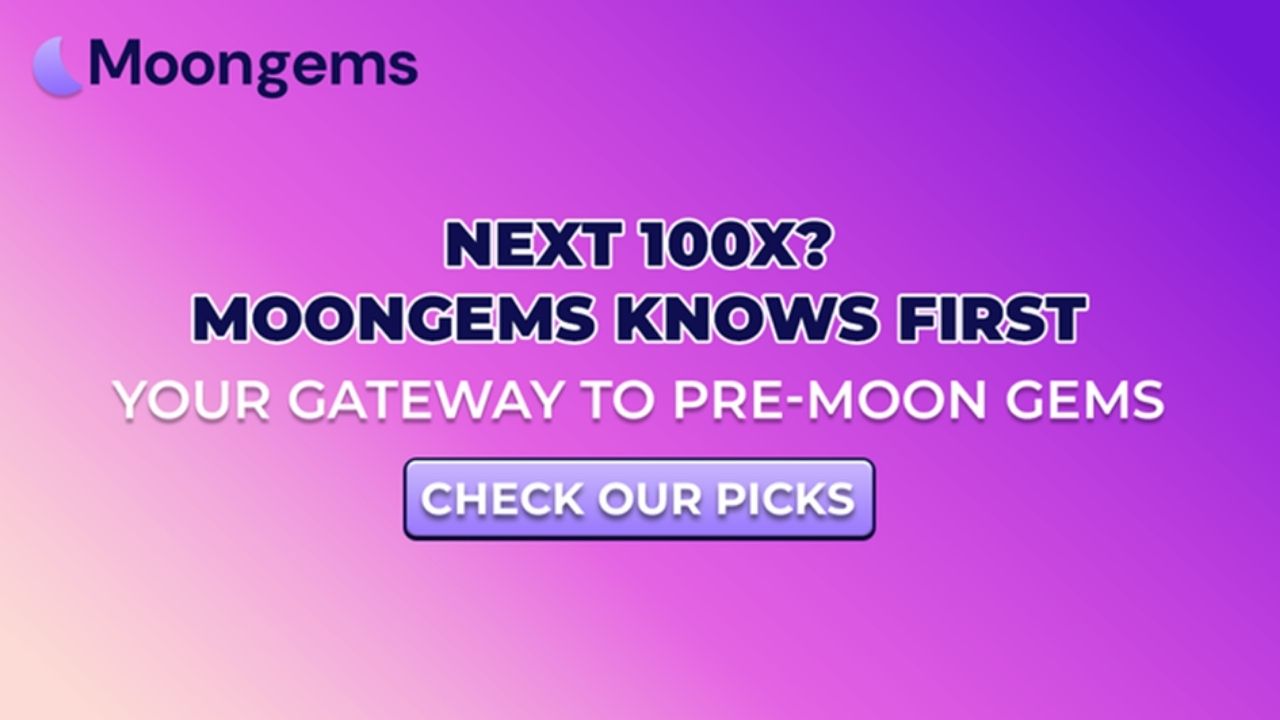
Conclusion: Exit Discipline Builds Long-Term Wealth
A great presale entry means nothing without a smart exit plan. By using structured selling triggers, strategic holding criteria, and compounding strategies, you can turn one-time wins into sustained portfolio growth.
MoonGems makes it easier by providing real-time tracking, liquidity insights, and roadmap monitoring, giving investors the data they need to make unemotional exit decisions.
In presales, luck gets you in, but discipline gets you out with profits.
Want to Master Presale Exits? Explore MoonGems.io, the platform that tracks presales beyond launch. Monitor liquidity, track roadmap progress, and discover new allocation opportunities with data-driven confidence.
Frequently Asked Questions (FAQs)
- Should I always sell at launch?
No. Sell partially at launch to secure profits, but hold a portion if the project has strong fundamentals and a robust roadmap with delivery potential. - How much profit should I take initially?
Many investors secure 20–40% of holdings at listing to reduce risk while keeping upside exposure. Adjust based on liquidity and unlock schedules. - How does MoonGems help with exit timing?
MoonGems tracks liquidity, trading volume, and roadmap progress, helping investors spot signals for selling or holding with confidence. - What if a token drops below the presale price?
Reassess fundamentals. If the project still shows strong progress, holding may work. If not, exiting early can protect capital. - Can I use profits to reinvest in presales safely?
Yes. Use MoonGems rankings and filters to identify high-quality, KYC-verified projects for reinvestment, reducing risk while compounding gains.
Glossary of Key Terms
TGE (Token Generation Event): The event when tokens are minted and distributed to presale investors.
Liquidity Lock: A Mechanism preventing project teams from removing liquidity after launch.
Partial Exit: Selling a portion of holdings to secure profits while retaining upside exposure.
Compounding: Reinvesting profits into new opportunities to accelerate portfolio growth.
Presale Tracking: Monitoring token performance and milestones after launch.
Article Summary
Presale exit strategies distinguish between profitable and emotional investors. This MoonGems guide shows how to plan structured exits, hold only when fundamentals justify it, and compound gains into new opportunities. Using MoonGems’ performance tracking, liquidity insights, and roadmap monitoring, investors can time exits objectively and scale portfolios without emotional decision-making. In crypto, smart entries matter, but disciplined exits build lasting wealth.
Disclaimer
This article is for informational purposes only and does not constitute financial advice. Cryptocurrency presales carry significant risk. Always conduct your own research or consult licensed professionals before making an investment.



